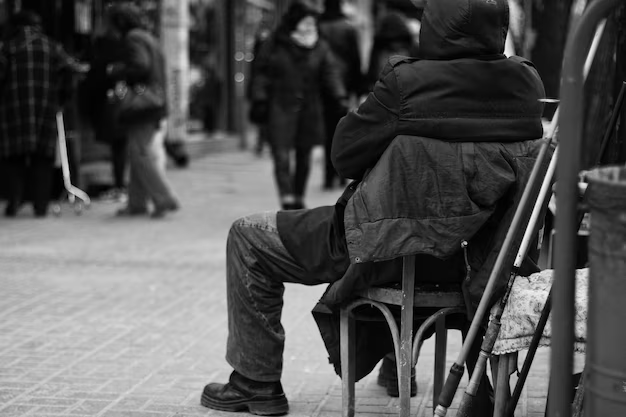Navigating New York City's Homeless Shelter System: What You Need to Know
New York City is known for its vibrant culture, bustling streets, and towering skyscrapers. However, behind the bright lights lies the harsh reality of its increasing homelessness crisis. For those caught in its grip, understanding the city's homeless shelter system can be a critical first step towards stability. In this guide, we'll explore how shelters work in the city and what steps individuals can take to find the right support.
Understanding the Shelter System
New York City's homeless shelter system is one of the largest in the United States. Managed by the Department of Homeless Services (DHS), it provides a network of over 450 facilities that include family shelters, adult shelters, and supportive housing. Accessing a shelter typically begins at an intake center where individuals and families are assessed to determine their specific needs.
Key Entry Points:
- Adult Families: Pioneer Human Services at 400 E 30th St serves as the intake center for adult families.
- Single Men: Single men can register at the 30th Street Intake Center.
- Single Women: Intake services are available at the Franklin Avenue Armory in Brooklyn.
While the system aims to provide immediate shelter, the transitional nature means it's often a temporary solution. Therefore, it's crucial for individuals to seek additional support to transition to permanent housing.
Expanding the Support Network
Securing safe and stable shelter is just the start. Individuals experiencing homelessness in NYC have access to various government aid programs designed to facilitate a smooth transition to independent living.
Financial Assistance Programs:
- New York City Human Resources Administration (HRA) offers financial help through Temporary Assistance programs, helping those in need with cash and medical benefits.
- Supplemental Security Income (SSI) provides aid to older adults and those with disabilities, ensuring they receive monthly payments for essential needs.
Pathways to Stability
Achieving financial stability can feel daunting, but there are several avenues one can explore:
Debt Relief Options:
- Credit Counseling Services offer guidance on managing and reducing debt, which is essential for rebuilding financial health.
- Debt consolidation and negotiation services can also be integral in helping individuals regain control over their finances and avoid further financial pitfalls.
Educational Grants and Opportunities:
Education can be a powerful tool for escaping the cycle of homelessness. Various programs provide educational grants that make skills training and higher education accessible.
- The Pell Grant is a federal program offering substantial financial aid to low-income students attending college or career schools.
- Community Workforce Development Centers in NYC provide training and placement services in key industries, helping individuals acquire new skills and secure stable employment.
Takeaway: Building a Path Forward
Navigating New York City's homeless shelter system is undoubtedly complex, but with the right tools and resources, a path to stability is achievable. By utilizing available government aid, educational resources, and financial programs, individuals can work toward a future that not only meets their immediate needs but also lays a foundation for long-term security.
Resources At a Glance:
- 🏠 DHS Shelter Network: Intake centers for single adults and families.
- 💵 Financial Assistance: HRA's Temporary Assistance, SSI.
- 🔄 Debt Solutions: Credit counseling, debt consolidation.
- 🎓 Education Grants: Pell Grant, Workforce Development Centers.
Ultimately, understanding and accessing these available resources can empower those experiencing homelessness to build a brighter future amidst the challenges of city life.
